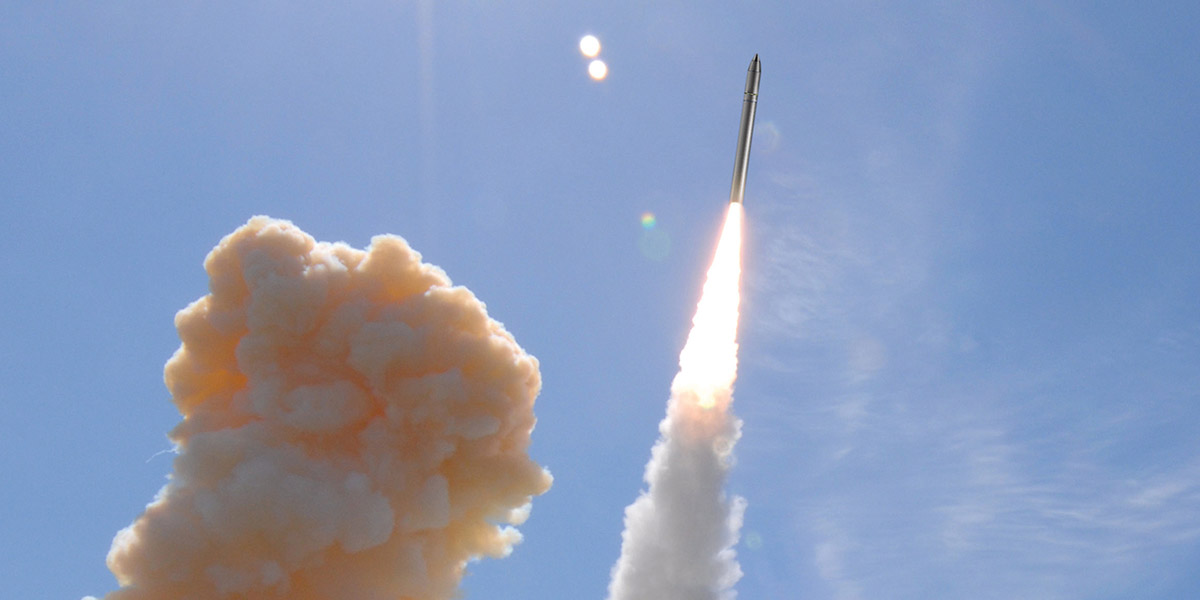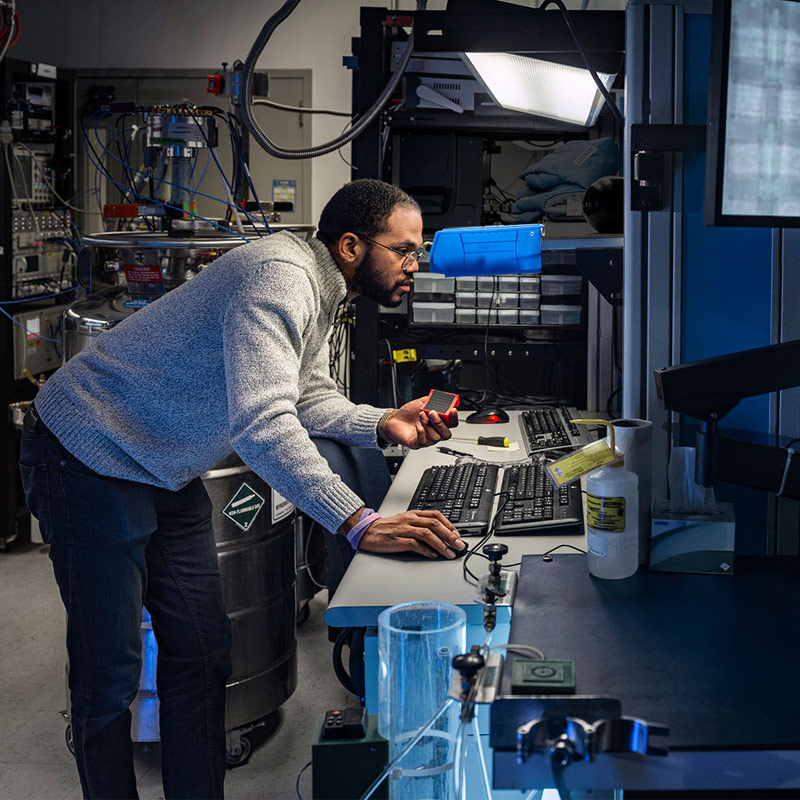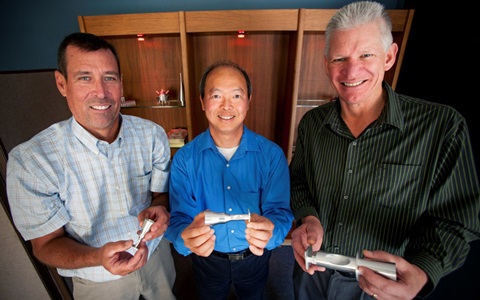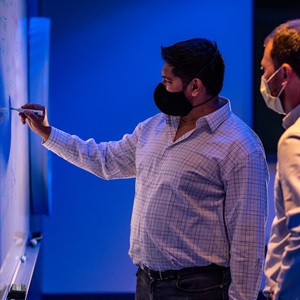Rising to the Occasion: Northrop Grumman and the Sentinel (GBSD) Program

By Scott Gourley
Intercontinental ballistic missile (ICBM) technology is complicated. But it's just one aspect of total U.S. nuclear capability: a mix of ICBMs on land and sea, strategic bombers, and a rugged and survivable command and control (C2) network. The integrated components are among the most complex systems in the world. And when it’s time to replace any element, it calls for the broadest range of qualified skill sets.
The best example is the Sentinel Ground Based Strategic Deterrent (GBSD) program, a massive replacement of the U.S. Air Force’s land-based ICBM capabilities that includes much more than missile technology. At its core, the Sentinel (GBSD) program is a multi-domain, high-tech integrated weapon system in development to serve and defend the nation and its allies for the next 50 years.

Sentinel (GBSD) Program Overview
"In simple terms, the Sentinel (GBSD) program is a complete recapitalization of the ICBM program," explained Steve Lunny, Northrop Grumman's vice president and leader of the Sentinel (GBSD) program. "We are replacing the current Minuteman III missile with a completely new design missile and we are working on the 450 in-ground silos across five states that house those missiles."
Northrop Grumman will significantly change and enhance the C2 infrastructure including a control center and integrated C2 center with total cybersecurity. Fortunately, Northrop Grumman not only has the size and scale to meet these challenges but is already demonstrating the ability to plan and structure a growing workforce to address unique expanding needs.

Technology Maturation Will Help Reduce Risk
Lunny pointed to capabilities demonstrated during the three-year technology maturation and risk reduction (TMRR) phase, which set the stage for the engineering and manufacturing development (EMD) contract award in September of 2020. A digital engineering approach, the integration of electrical engineering and computer science engineering, was key to the successful TMRR of the weapon system; Northrop Grumman was able to show 10s of thousands of iterations.
"Northrop Grumman also made a significant investment to do things above and beyond the TMRR scope; things needed to execute the next phase, developing plans and procedures while further reducing risk," Lunny said. "That enabled us to 'grow' the TMRR team so that on day one of EMD, we were poised to have over a thousand employees ready to perform."

Hiring the Right Team Members and Experts
To support this day one readiness goal, Northrop Grumman is using an agile hiring process linking recruiting and human resources professionals, and integrated product team technical leads to identify required skill sets to fill a monthly hiring target of approximately 100 employees.
Erin Simpson, Northrop Grumman's director of Agile hiring, acknowledges the challenge of getting engineers, program managers, business managers and other specialists to the right locations and with the right security clearances.
"We're looking at a program team of over 3,000 people over the next few years, maybe even up to 4,000 people by 2024 and 2025," she said.
Noting that work locations will include a new campus being constructed in Northern Utah, Colorado and Alabama, Simpson explained that there's ample room to accommodate many different skills. Along with physical accommodations, the Sentinel (GBSD) program will also provide significant room for professional growth across those broad skill sets.
"This is a system that will be viable for 50 years," Lunny said. "So we have many exciting challenges for people to solve, and we will offer the opportunity to come in at an entry level and grow, while experiencing all aspects of technical and programmatic development."
More Innovation Stories
Read all stories about advanced technology and innovation >>


